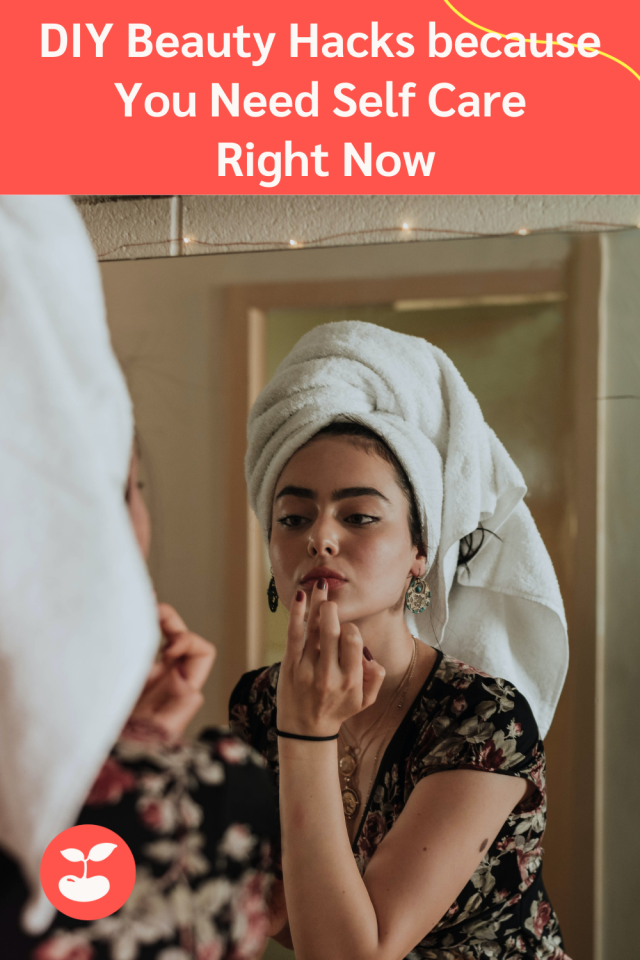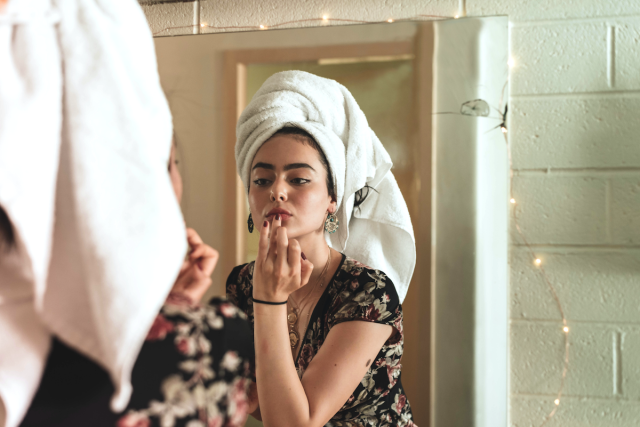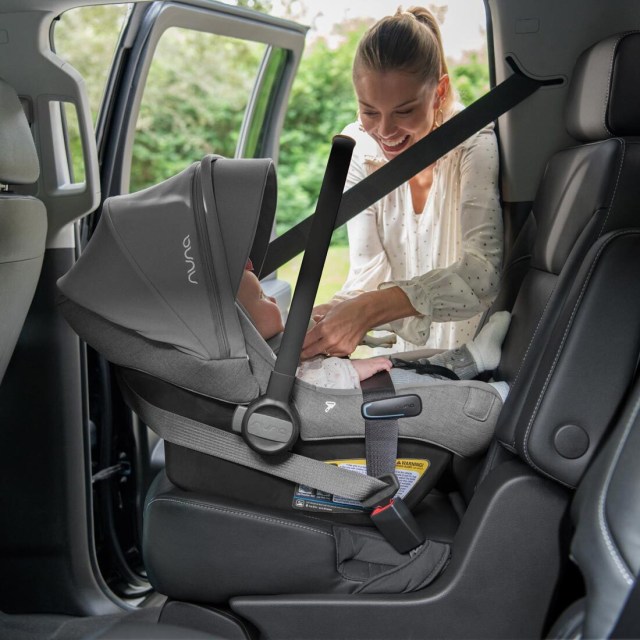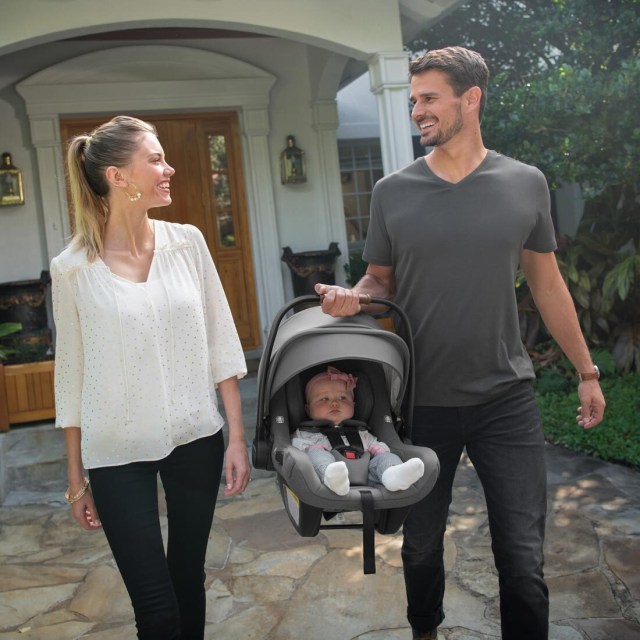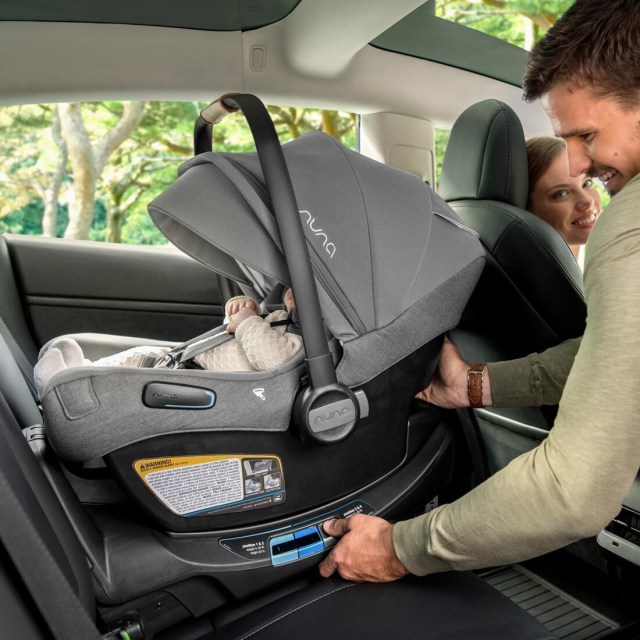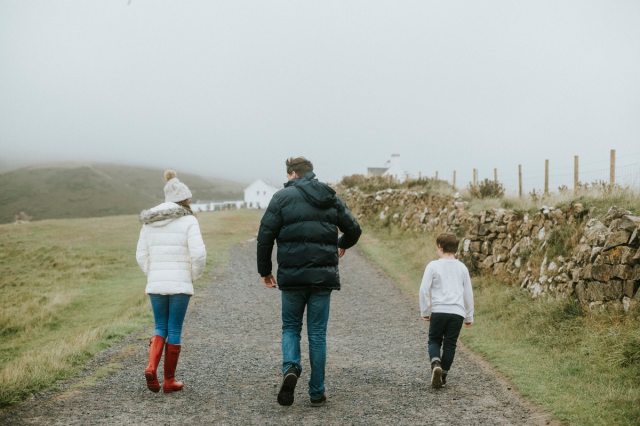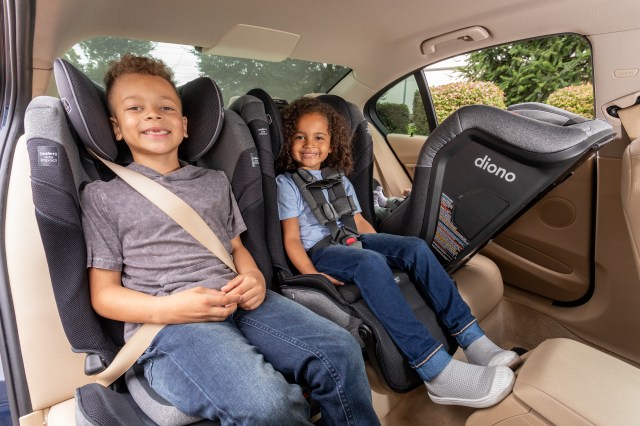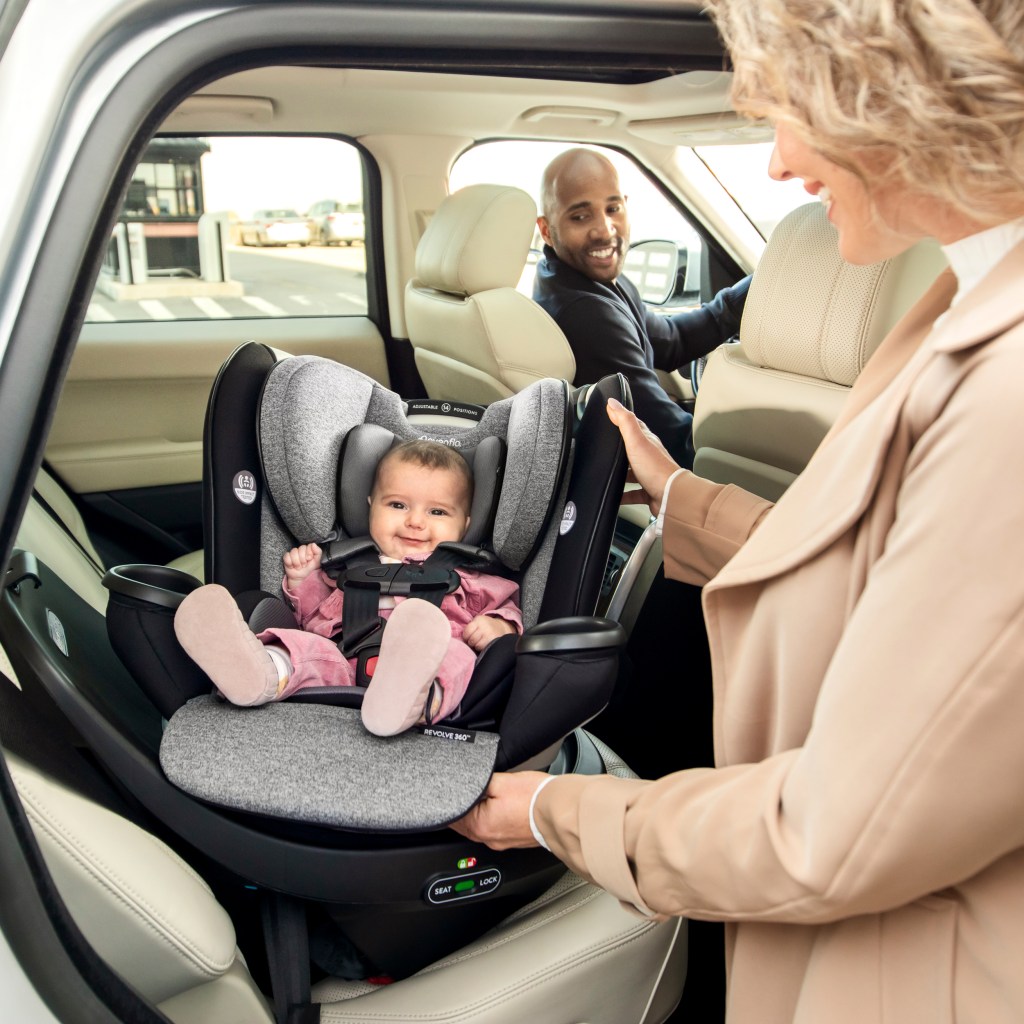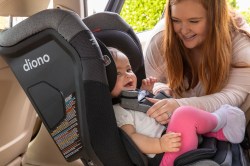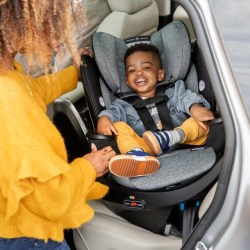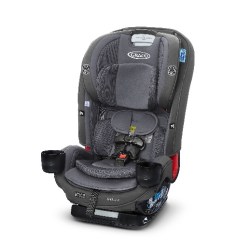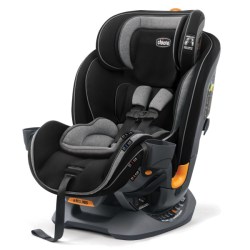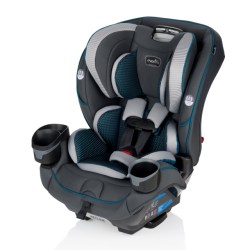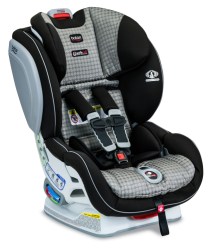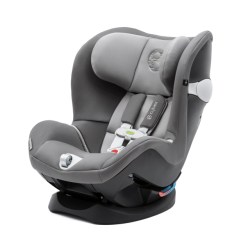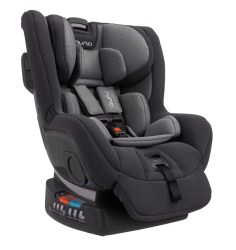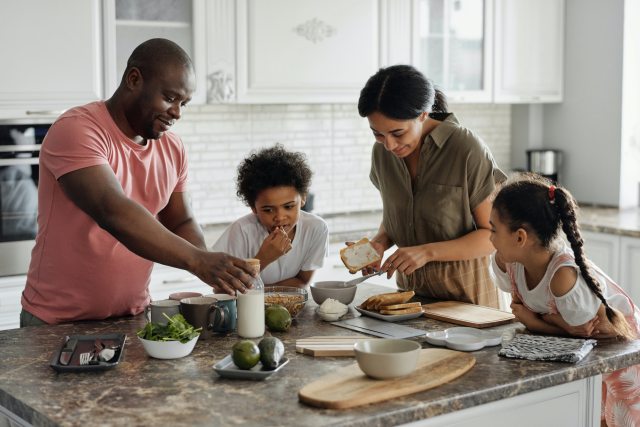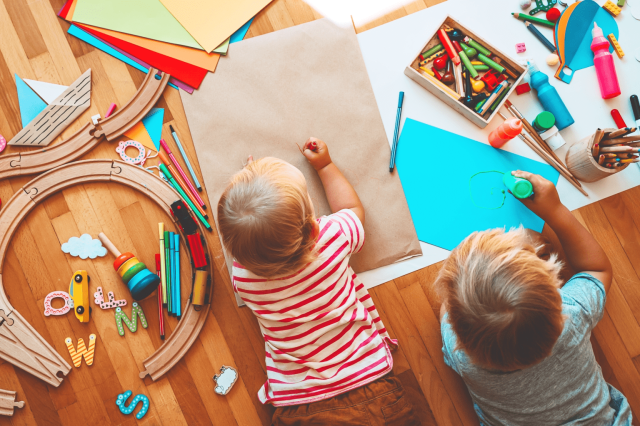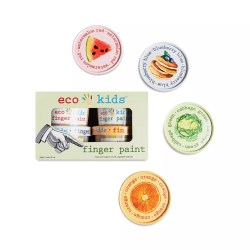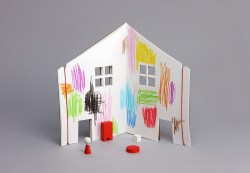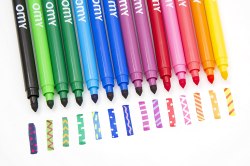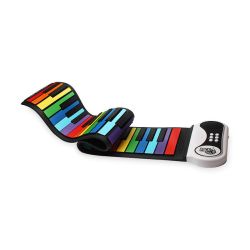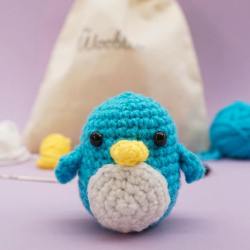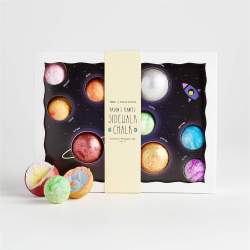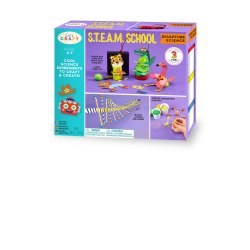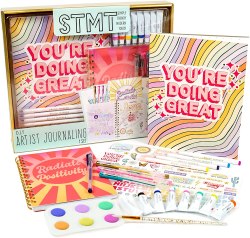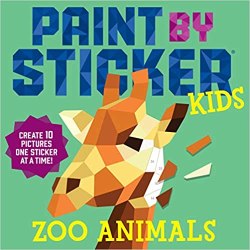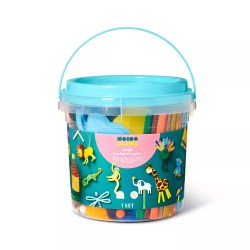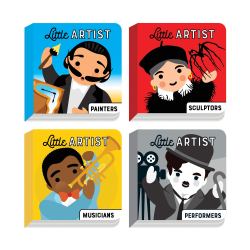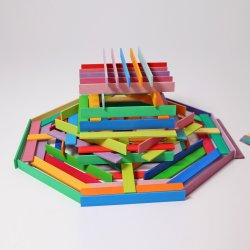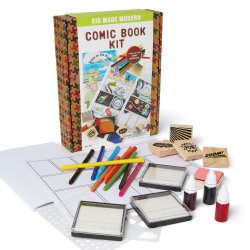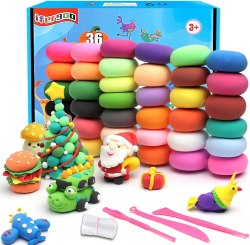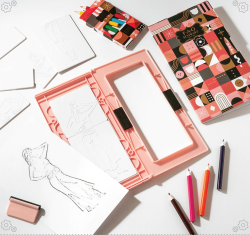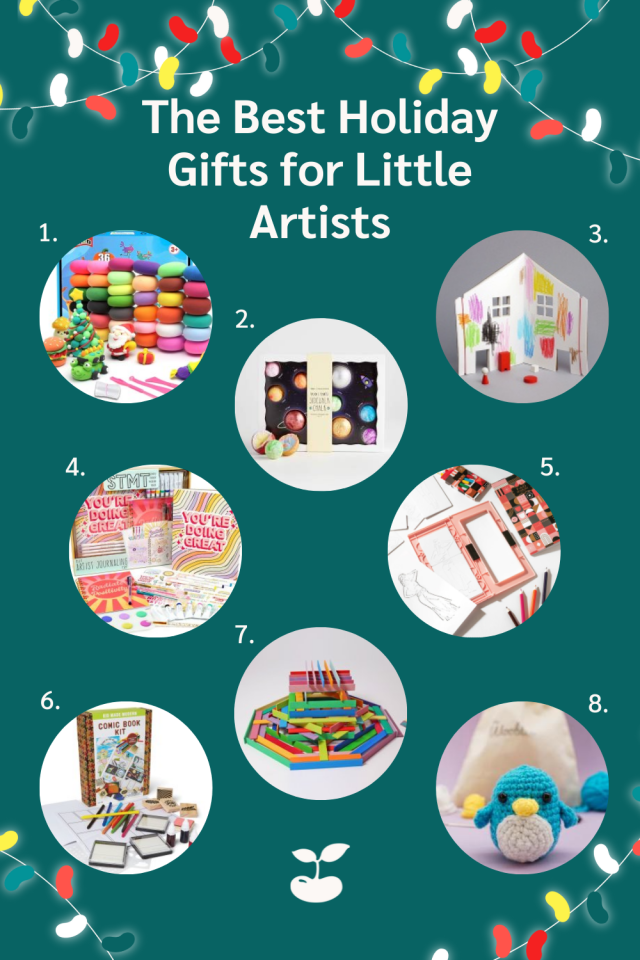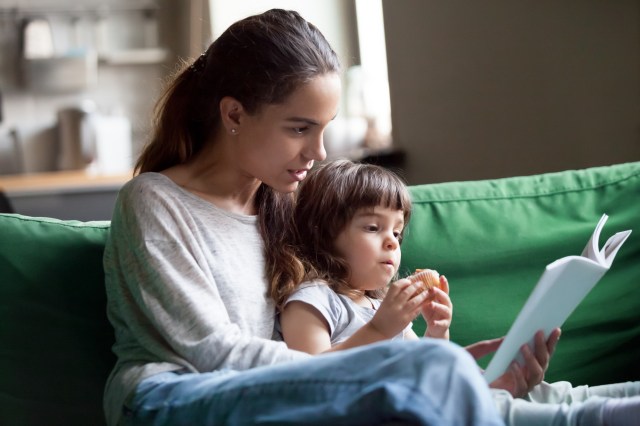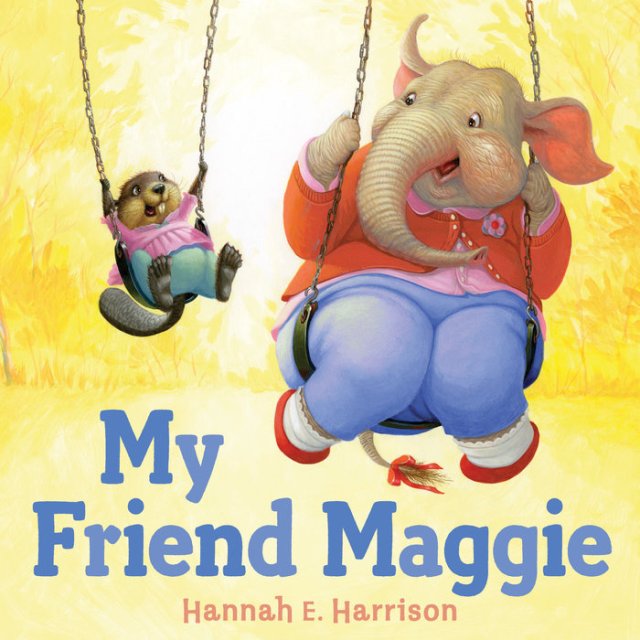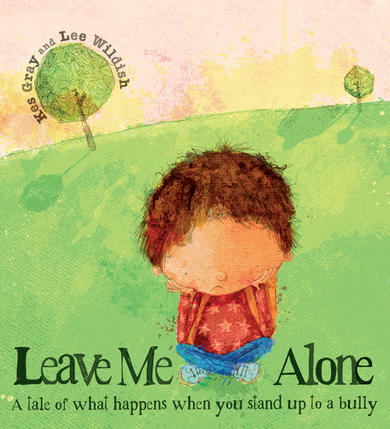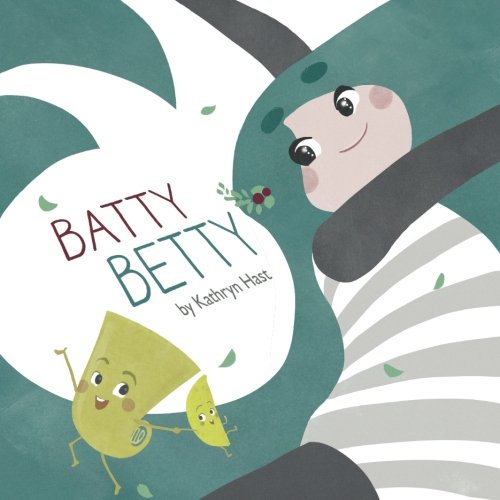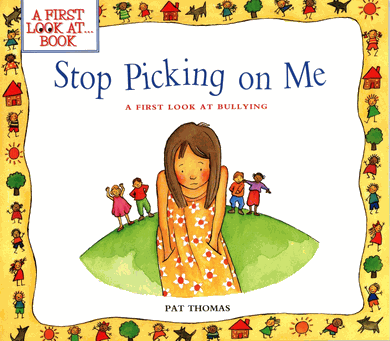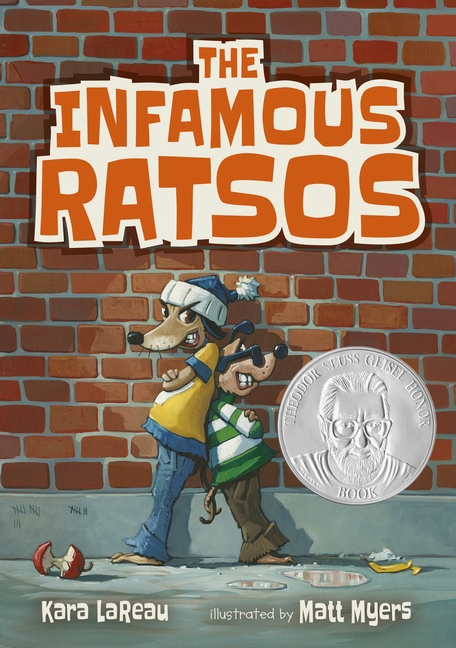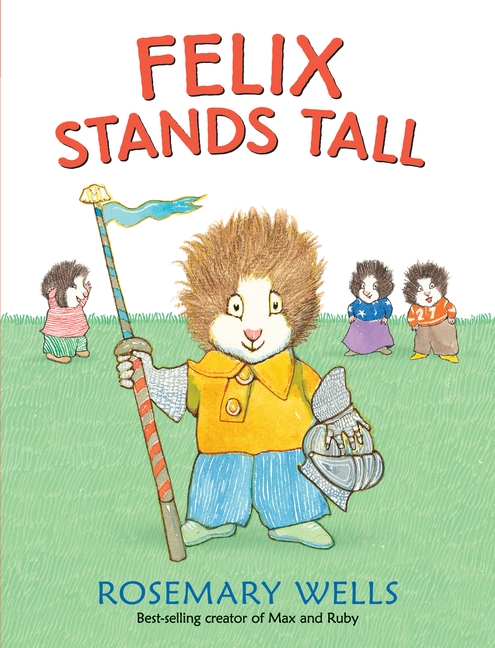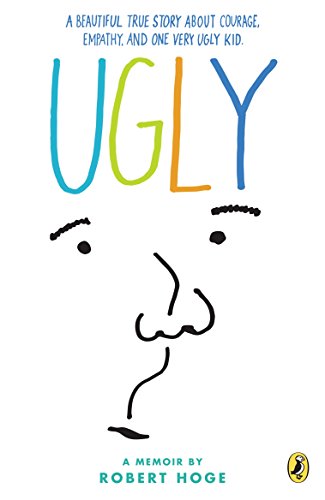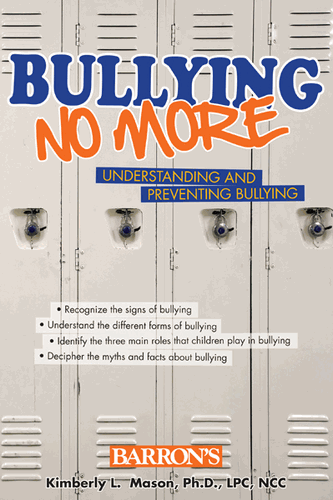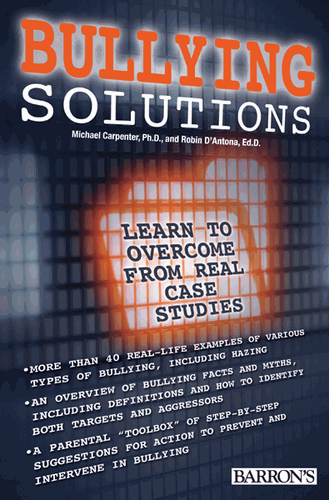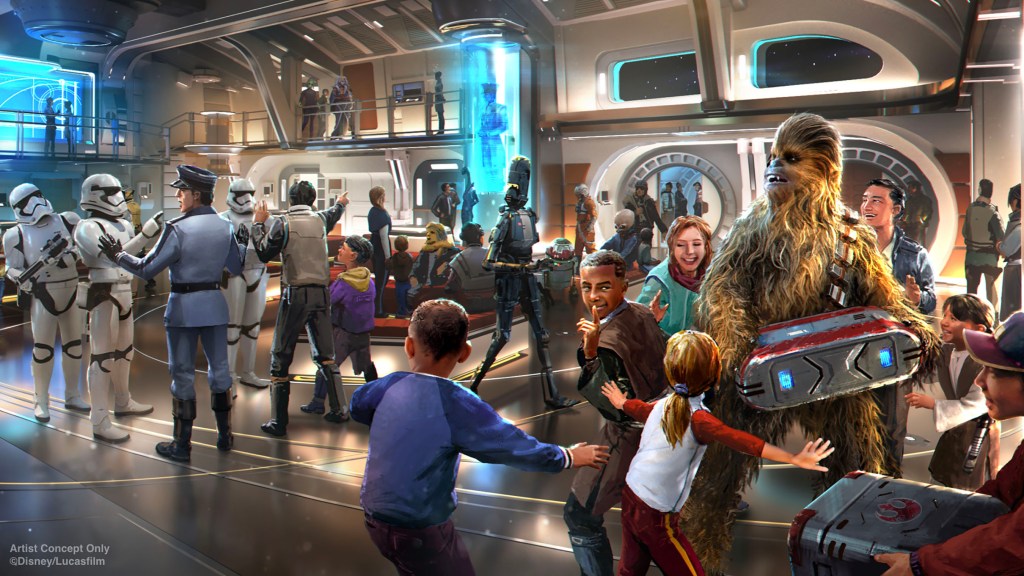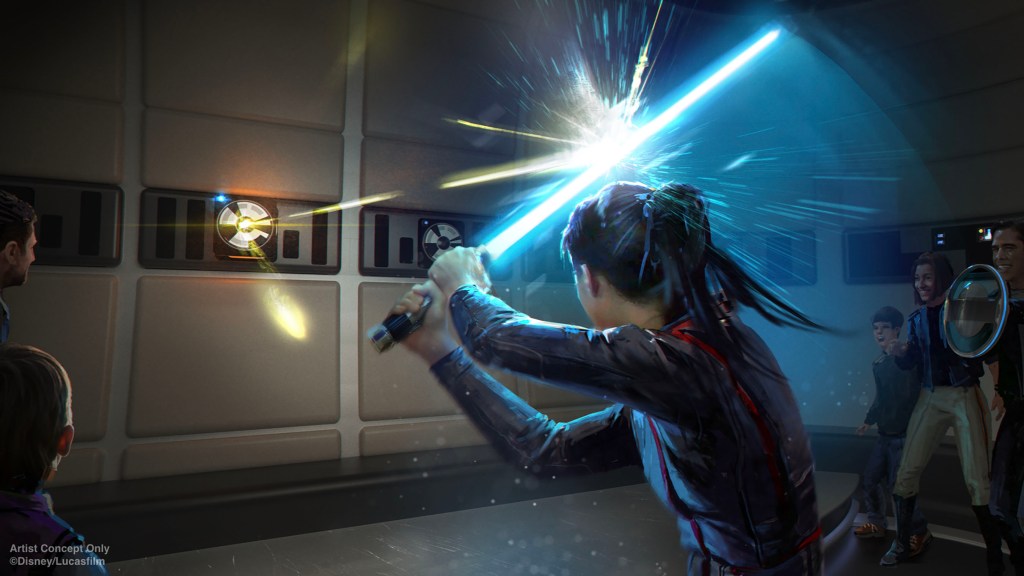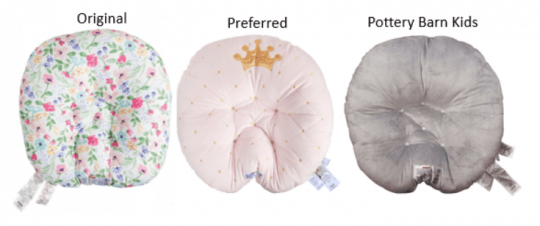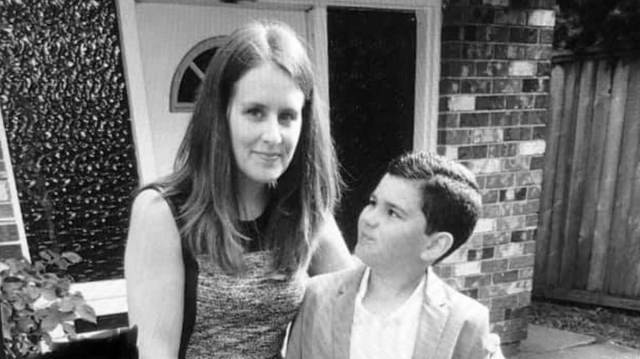Let’s be honest, when it comes to the morning makeup routine, well, it’s probably fallen to the wayside. But did you know there are a ton of natural beauty tips that can get your day at home off on the right foot by helping you look great and feel confident (even if you’re still wearing yoga pants)? Keep reading to discover our list of tried-and-true beauty hacks for busy moms everywhere!
Castor Oil

Beauty Hack: Use for thicker brows. Why? Castor oil contains an Omega 9 Fatty Acid and boasts anti-inflammatory properties to help hair grow uninhibited
Sugar

Beauty Hack: Use for softer lips, feet, and hands. Mix a DIY sugar scrub with olive oil, lemon juice, and sugar to soften rough heels, hands, and lips.
Honey
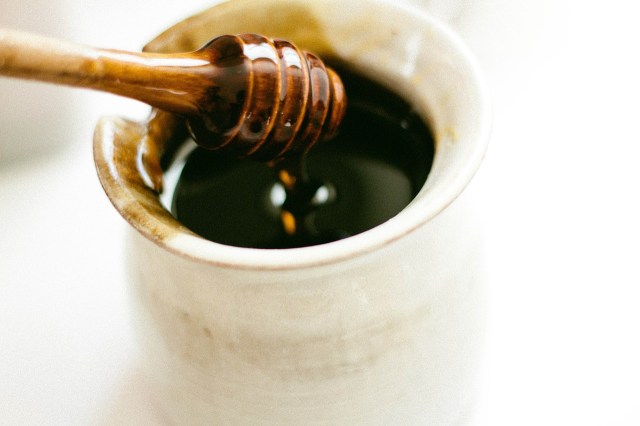
Beauty Hack: Use for anti-aging. Apply a honey mask to clean skin for its anti-bacterial and healing properties (honey can heal acne scars!) as well as anti-aging effects.
Sweat Sesh
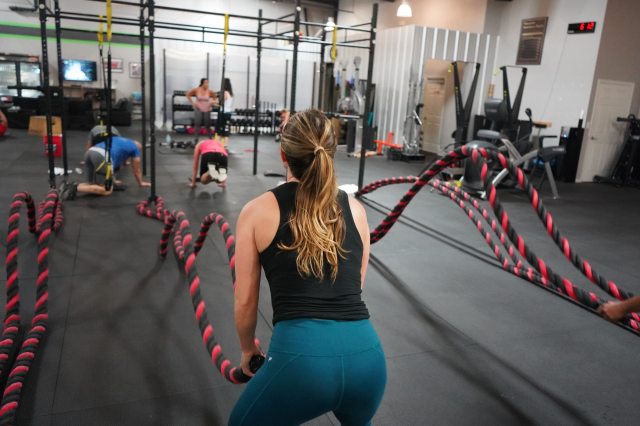
Beauty Hack: For detoxing skin. A good sweat session (be it at your fitness class, chasing your kids, a visit to the sauna) is good for your skin as it helps flush toxins from the body.
Baking Soda
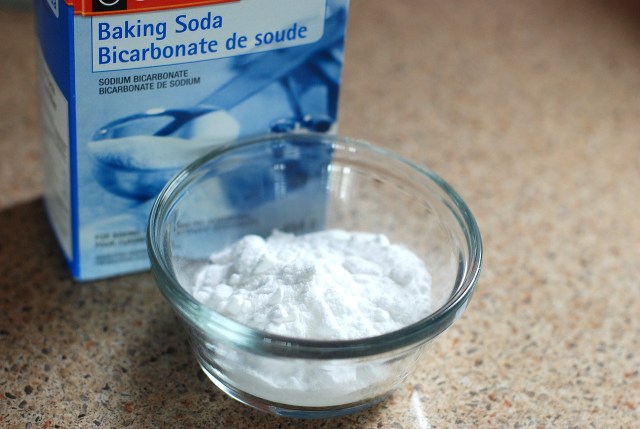
Beauty Hack: Use for whiter teeth. Apply baking soda to your toothbrush once a week to whiten teeth.
Petroleum Jelly
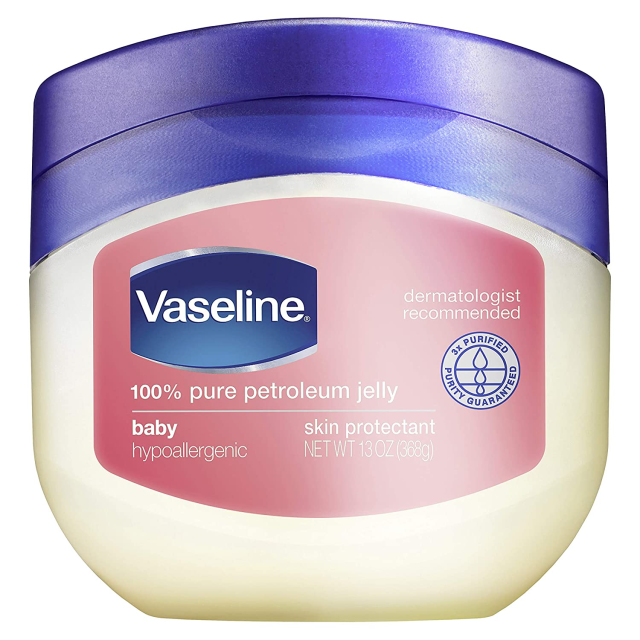
Beauty Hack: Use for a natural highlighter. Apply to the high points of the face and eyelids as an all-natural highlighter for a quick, subtle glow.
Steam

Beauty Hack: For detoxing skin. Run a washcloth under warm water and apply it to your face before your masks for optimal results. This opens the pores and allows the product to really absorb into the skin. You can also boil water on the stove and hold a towel over your head to create a makeshift steam room.
Business Card
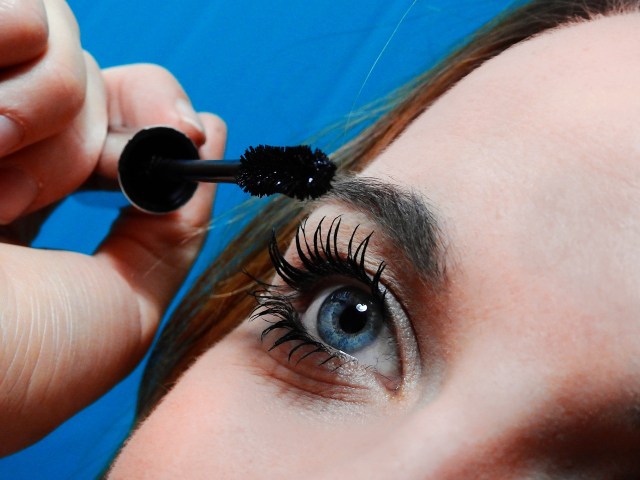
Beauty Hack: Use for clean, precise mascara. Hold a business card behind your lashes as you apply mascara. This lets you get to the root of your lashes without leaving smudges on your skin.
Peppermint Oil
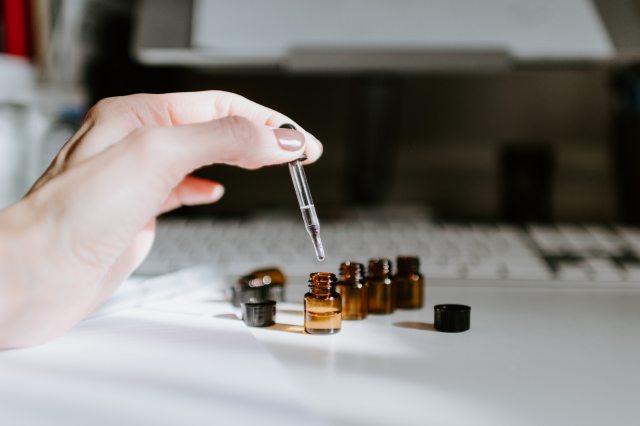
Beauty Hack: Use for plump lips. Peppermint oil offers lips a natural plump, so add a drop or two onto your lipstick next time you apply.
Glycerin Soap
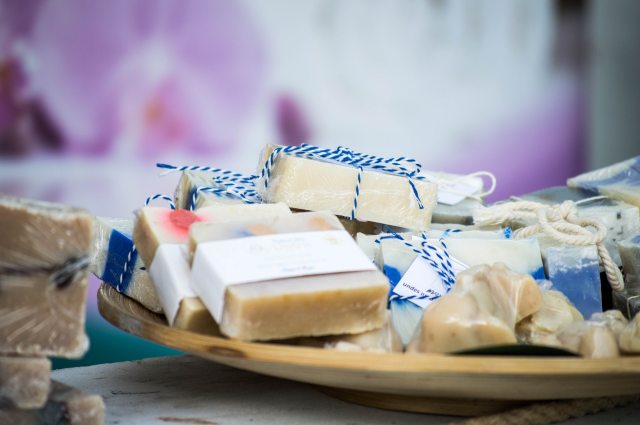
Beauty Hack: Use to keep brows in place. Dip your spoolie in a little glycerin soap and brush your brows upward for a full look and to keep them in place.
Scotch Tape
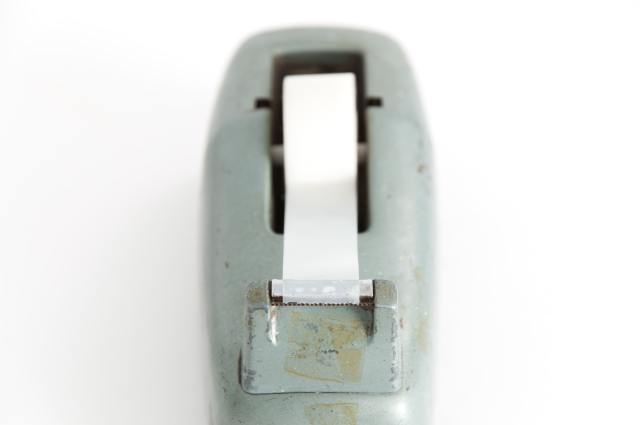
Beauty Hack: Use for eyeliner application. Use scotch tape as a guide for the perfect cat eyeliner.
Contact Solution
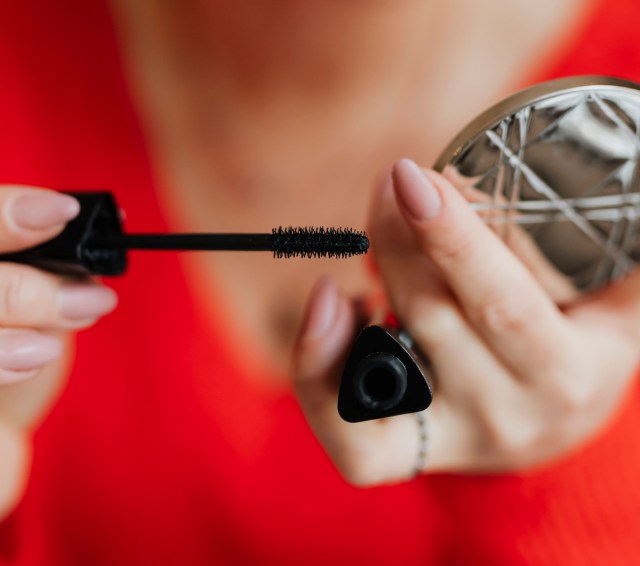
Beauty Hack: Use to prolong mascara. If your mascara has gone clumpy, mix in a little contact solution to make the tube last longer.
Propped Pillows
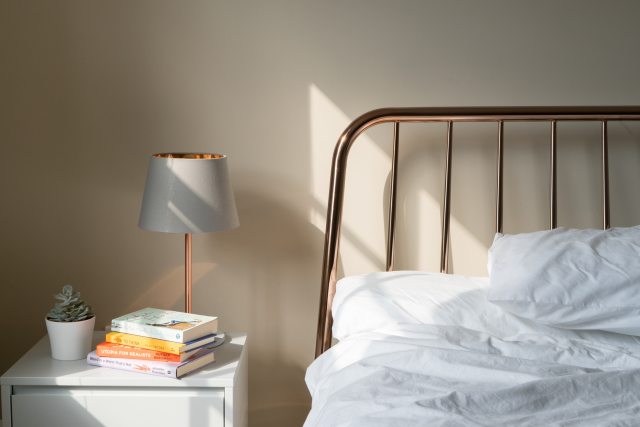
Beauty Hack: If you want to de-puff your face, sleep with two pillows propped up instead of one to help fluid drain from the face.
Lipstick
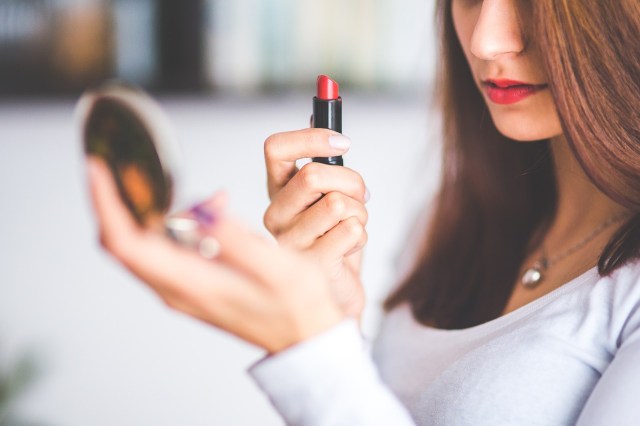
Beauty Hack: Use as a cheek stain. If you don’t have time (or the makeup stash in your bag!), use a little lipstick as a stain on your cheeks for a fresh, healthy flush.
Frozen Spoons
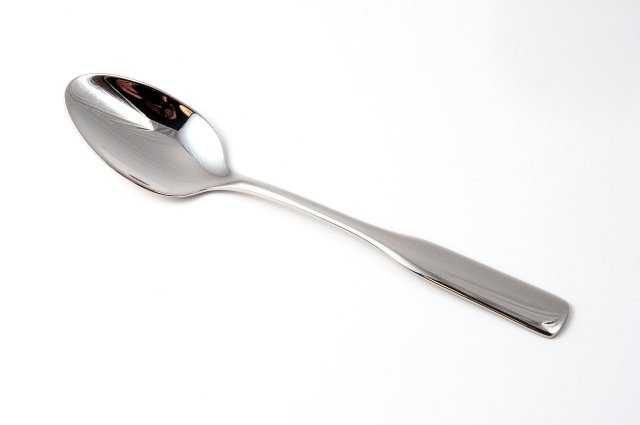
Beauty Hack: Keep two spoons in the freezer and place them under your eyes to de-puff any under-eye bags or dark circles when needed.
Face Mist
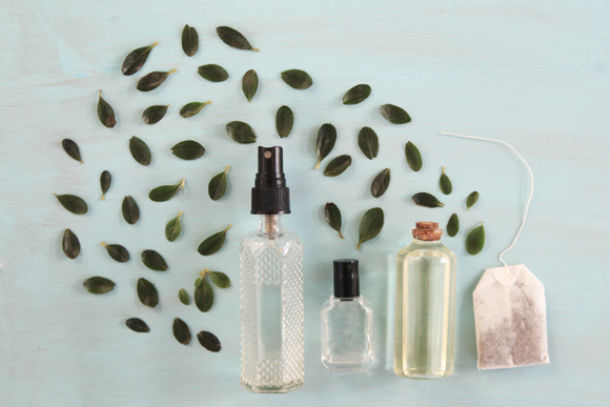
Beauty Hack: Spritz it on throughout the day for an instant skin (and spirit) pick-me-up. You can make your own face mist by steeping a couple of bags of white tea with the zest from one lemon in boiling hot water. Let it sit at room temperature before transferring it to a spray bottle and letting it chill in the fridge. Spray your face whenever you’re feeling the baby blues. Make a new batch after a week.
Baby Oil
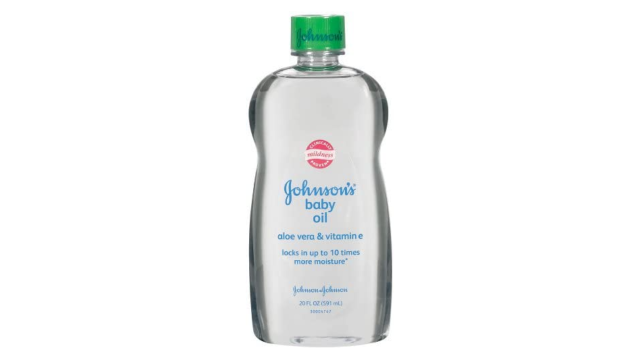
Score a quick fix for your manicure by applying baby oil to your nails and cuticles every night. Nails will stay shiny and hydrated 24-7.
—Kaitlyn Kirby with Ayren Jackson-Cannady
Feature photo: Kevin Laminto via Unsplash
RELATED STORIES:
Beauty Gear That’ll Make You Look Refreshed (Even When You’re Exhausted)
This CVS “Beauty In Real Life” Campaign Is Awesome & So Important
8 DIY Beauty Tricks for New (& Tired) Moms
